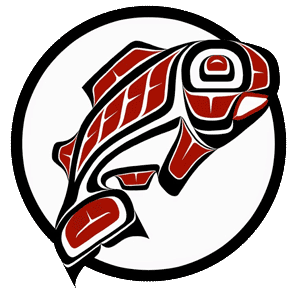Main Content
Opened in 2023, Milgard Hall is partially constructed using cross-laminated timber (CLT), an environmentally sustainable wood product. Its construction was an opportunity to explore the history of timber use in this area.
Professor (and former Chancellor) Mark Pagano led the effort to create this display in partnership with local historian Michael Sullivan and Puyallup Tribe Cultural Director Connie McCloud. Their collaboration tells the story from the Puyallup Tribe’s relationship with the trees to the lumber boom of the 19th and early 20th centuries to current efforts to find more sustainable ways to timber.
Scan the codes next to each panel of the display for additional information, images and videos.
Design: Studio Matthews
Installation: Andersen Construction
Background research compiled by UW Tacoma Mechanical Engineering student Theodore Whitbeck
Special thanks to Puyallup Tribe artists “Muck” Michael Hall, Jack George who created the paddles, hand-painted land acknowledgement, and ceramic leaf prints for this display.
Building From the Forests
As far back as 14,000 years ago, glaciers covered the Puget Sound area. With the change in the climate, coniferous forests flourished, creating an ideal environment for the Coast Salish People, including the Puyallup Tribe, as a result of the warming climate. Following the arrival of the Europeans, western redcedar, Douglas fir, western hemlock, and Sitka spruce were the dominant tree species in these forests, and they were exploited for timber after their arrival. This exploitation led to one of the world's largest timber industries but also resulted in adverse outcomes for people and the environment. While there are numerous species of both conifer and deciduous trees that thrive in this climate, the four most dominant species in the region are Western Red Cedar, Douglas Fir, Western Hemlock, and Sitka Spruce. The presence of this vast timber resource provided an ideal, rich environment for the first inhabitants of the region, the Coast Salish People and in particular the Puyallup Tribe of Indians. Following European contact in the 18th and 19th Centuries, the exploitation of this vast resource led to the largest timber harvesting and wood products production ever seen on this planet. While this commercial development resulted in many positive outcomes for the region, numerous negative outcomes affected both people(s) and the environment. These developments eventually led to a series of industrial and technology advances that shaped how the City of Tacoma came into being, and later led to the circumstances that set in motion the location of the University of Washington Tacoma in this place and at this time.
